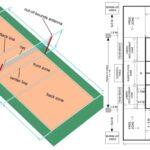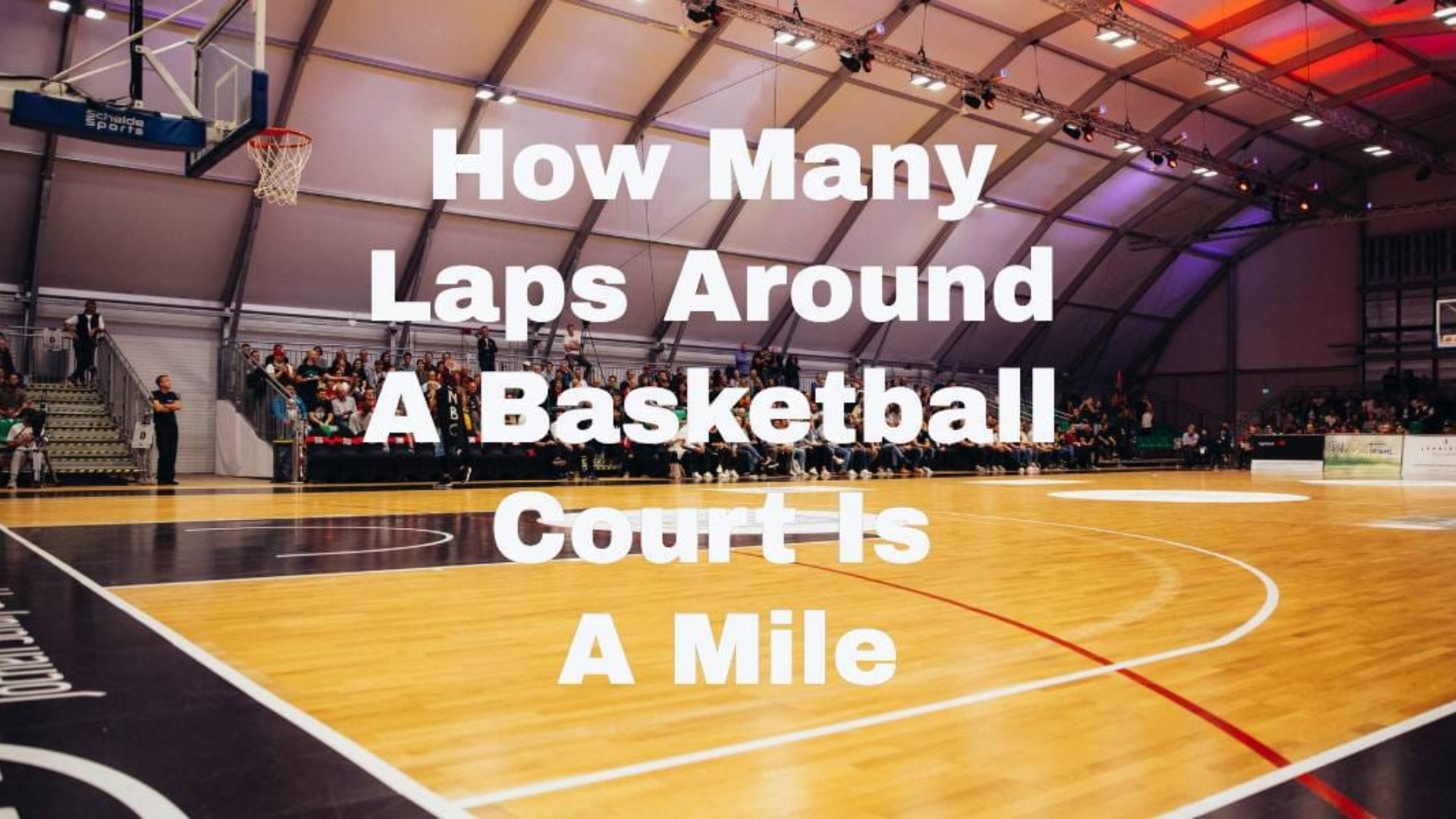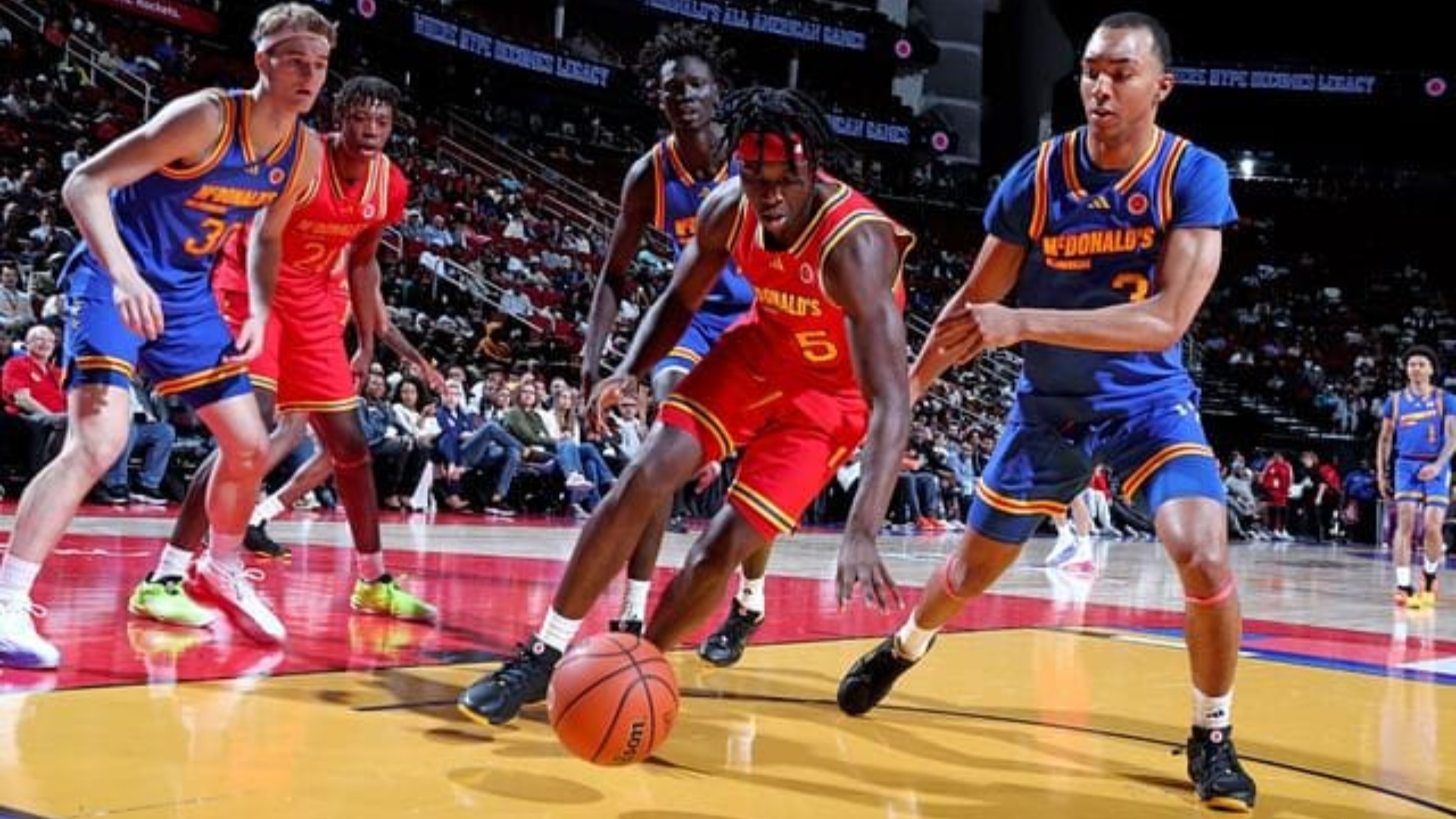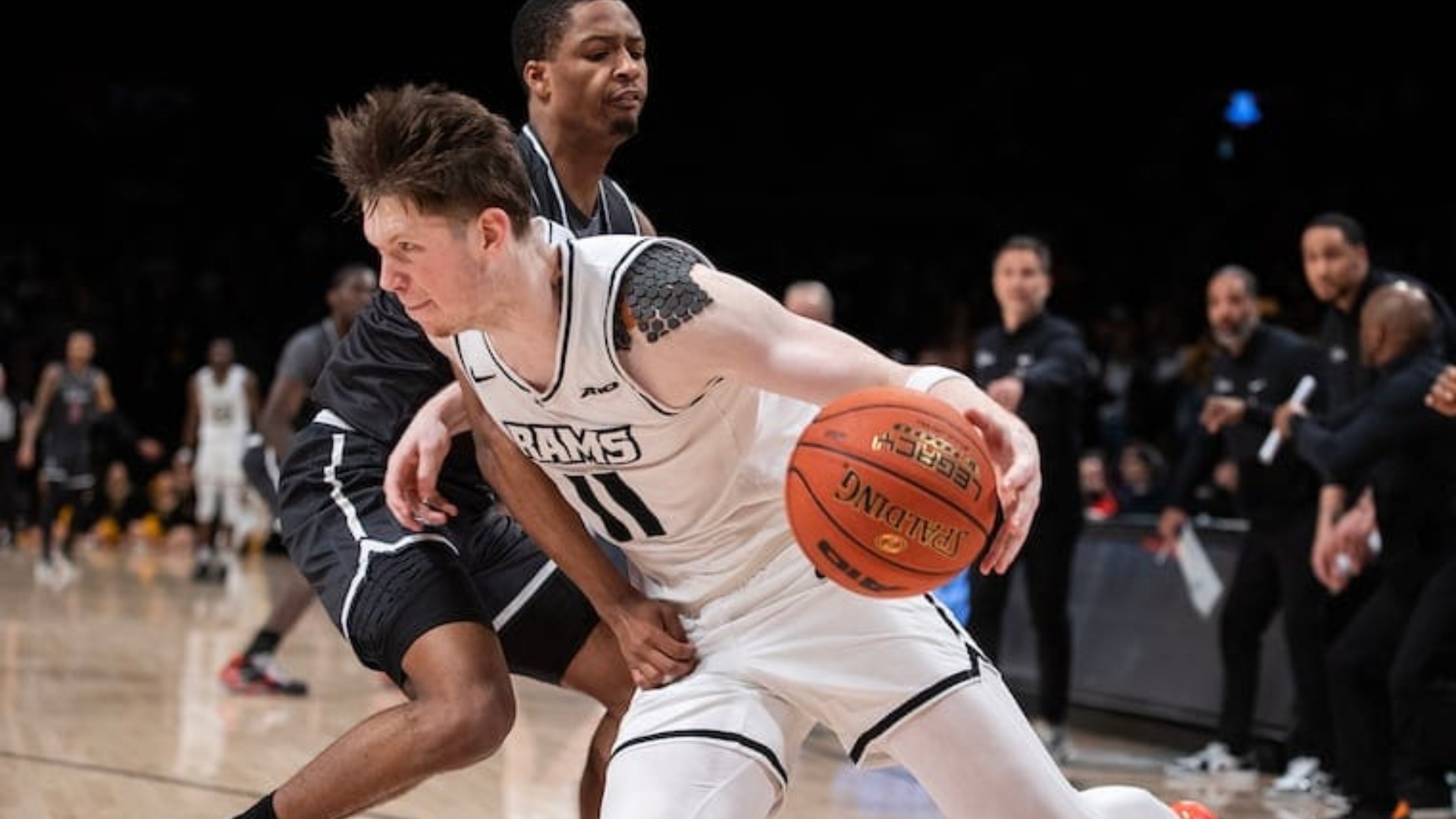It is not only that basketball courts are used to play basketball games, but they also provide a great opportunity to run and practice. Another frequently asked question will be: How Many Laps Around a Basketball Court Is a Mile? The question is answered by the size of the court because the various levels have different dimensions being used. One may know the number of laps to cover a mile by knowing the perimeter of the court and the total number of feet that are on a mile (5,280 feet). This renders basketball courts a convenient and organized alternative for fitness enthusiasts.
Researchers and professionals point out the relevance of basketball running. Studies indicate that the plain surface and clear delimiting it make it the best to have constant workouts. Analysts highlight the rectangular form of the court, which demands turning regularly, making the stabilizer muscles active and enhancing agility. Other literature also says that the shorter size of junior high and high school courts means that there should be more laps, which provides a more strenuous exercise. These results emphasize the flexibility of the court as a fitness tool.
It is possible to turn a basketball court into a personal track, which makes exercises more interesting. The laps will be steps towards the fitness goals, which will provide a feeling of accomplishment. The design of the court presents the runners with a twist, which improves the strength and balance of the muscles. There is fulfillment in running 18 laps in an NBA court or running 23 laps on a junior high court, and it works. This fitness secret will make people challenge themselves and, at the same time, feel inspired in a disciplined environment.
Understanding the Basics: Miles and Feet
One mile is a typical measure of distance. One mile equals 5,280 feet. It is this number that is the key to all our reckonings. One circumnavigation of the perimeter of the court is called a lap. We require two things to determine the number of laps in a mile. First, the court’s perimeter. Second, the number of feet per mile. It is just a simple formula:5,280 feet/ perimeter of the court in feet. This provides us with the number of laps required.

College Courts and NBA: The Professional Standard.
Basketball courts used by professionals are special in size. The NBA shares the same size of the court as the NCAA (college). This makes it easy to calculate our first calculation.
Laps to a Mile on Different Courts
| Court Type | Length (ft) | Width (ft) | Perimeter (ft) | Laps to a Mile |
| NBA/College | 94 | 50 | 288 | 18.33 |
| High School | 84 | 50 | 268 | 19.7 |
| Junior High School | 74 | 42 | 232 | 22.75 |
Factors Affecting Your Run
Court Dimensions
An NBA or college basketball court is 94 feet in length. It is 50 feet wide. This is in measurements of the playable area between the boundaries.
Calculating the Perimeter
The total distance of the court is known as the perimeter. We determine it by summing up all sides.
- Length: 94 feet
- Width: 50 feet
- Perimeter = (94 feet x 2) + (50 feet x 2)
- Perimeter = 188 feet + 100 feet
- Perimeter = 288 feet
A professional court is 288 feet in circumference.
Laps to a Mile
We are now able to know how many laps it takes to cover a mile. We use our formula.
- Laps = 5,280 feet / 288 feet
- Laps ≈ 18.33
You must also run about 18.33 laps. This is a little more than 18 and a quarter laps. One mile is a good distance to cover in 18.5 laps on an NBA court or a college court.
Basketball Courts at a high school.
The high school basketball courts are smaller in size compared to the professional courts. This implies that it requires an increase in the number of laps to cover a mile. Reduction in size influences the overall distance.
Court Dimensions
The normal high school basketball court is 84 feet in length. It is 50 feet wide. It is as wide as a professional court. The length is 10 feet shorter.
Calculating the Perimeter
We find the perimeter of a court at a high school.
- Length: 84 feet
- Width: 50 feet
- Perimeter = (84 feet x 2) + (50 feet x 2)
- Perimeter = 168 feet + 100 feet
- Perimeter = 268 feet
A high school court is 268 feet around.
Laps to a Mile
We will assume one mile around this court.
- Laps = 5,280 feet / 268 feet
- Laps ≈ 19.7
Running a mile on a high school court requires almost 20 laps. You can complete 20 laps to have a good workout.
Basketball Courts, Junior High School.
Even smaller are the courts of junior high. They suit younger players. The smaller size translates to a shorter perimeter. You will make the most laps around this kind of court.
Court Dimensions
An average junior high court is 74 feet long. It is 42 feet wide. The two dimensions are smaller than high school or professional courts.
Calculating the Perimeter
We shall explore the perimeter of a junior high court.
- Length: 74 feet
- Width: 42 feet
- Perimeter = (74 feet x 2) + (42 feet x 2)
- Perimeter = 148 feet + 84 feet
- Perimeter = 232 feet
One circumference of a junior high court is 232 feet.
Laps to a Mile
Lastly, we divide the distance covered by one mile.
- Laps = 5,280 feet / 232 feet
- Laps ≈ 22.75
It will require you to cover approximately 22 and three-quarters laps. Fitness tracking is usually rounded up to 23 laps.
Factors Affecting Your Run
The calculations are uncomplicated. But you can be changed in distance by real-world influences. Consider the path you take. It is hard to run along the borderline. You may be a little within or without the line. This will change the overall distance that you cover. Then there is the size of the actual court. There are recreational courts or older gyms, which are not of a common size. When using a particular court, it is always best to measure it to achieve the best accuracy.
Conclusion
A basketball court is not just a gaming field. It is an organised fitness environment. The lines are giving good boundaries. The plain level surface is the best one to run. The knowledge of the number of laps per mile changes the court. It becomes a personal track. You can set goals. So, you can track progress. You can push your limits. Between each lap, do not think that it is only a fraction of a mile. Take it as a warm-up for an intense workout. The rectangle-shaped court makes you go around four times in one lap. The continuous alternation of direction uses other muscles as compared to straight-line running. It improves agility. It makes the stabilizer muscles around your ankles and knees strong. The basketball court is an all-in-one conditioning device that is camouflaged.











